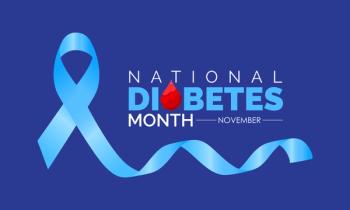
How Technology Workflows Can Support Medication Adherence in Your Pharmacy
Financial assistance platforms improve patient outcomes and the pharmacy bottom line.
Medication nonadherence has implications across the health care continuum, but especially for pharmacies and their patients. When it comes to treating chronic diseases, the problem is particularly acute.
According to the FDA, a majority of chronic care patients
One key barrier to adherence is medication cost. Financial assistance can offer a lifeline to patients in need. However, the process of connecting patients with these cost-saving resources has traditionally been manual and reactive. With the help of technology workflows, pharmacies can automate financial assistance, freeing up pharmacy staff’s time, while improving patient care and the bottom line.
Addressing affordability: Top driver of nonadherence
Health care affordability has long been a challenge for patients. Today, surging medication costs, coupled with rising inflation, have deepened the financial burden of care.
Nearly
For patients with chronic conditions, the stakes are even higher. The
However, far too many Americans are unable to afford high-cost specialty drugs for these conditions. As a result, an estimated
Effects of nonadherence across the care continuum
When cost barriers result in patients forgoing or delaying care, the impact is far-reaching. Research has found
Pharmacies waste time and resources reshelving abandoned drugs. Medications that cannot be reused or re-distributed also result in lost revenue. In total, pharmacies lose more than a
Prescription abandonment leads to worse patient outcomes, which affects the entire care continuum. At least
Combating nonadherence head on
For years, pharmacy teams have played a pivotal role in helping patients find financial assistance for their medications. However, pharmacies and other health care organizations have typically solved affordability one patient at a time. Today, the health care industry has the opportunity to harness available technology and data to proactively examine patient populations and drive affordability at scale.
Using predictive analytics, financial navigation technology empowers pharmacies to evaluate patients’ profiles and assess their ability to pay their share of treatment costs. This proactive process allows pharmacy teams to flag financially at-risk patients before they abandon or delay filling their prescriptions.
The technology then identifies relevant cost-saving resources and automates patient enrollment. In a hospital or health system pharmacy setting, these solutions can also streamline the process of ordering and tracking free drugs based on the patient’s treatment regimen.
These platforms reduce manual workflows, so that pharmacy staff can focus on patient care. On a broader scale, these new technologies enable pharmacies to tackle affordability and combat cost-related nonadherence in a holistic, comprehensive way.
When patients have the resources they need to afford treatment, the entire network benefits. Patients are not forced to choose between necessary living expenses and lifesaving care. Providers see their patients following recommended treatment protocols, resulting in better patient experiences and outcomes. And pharmacies reduce prescription abandonment, enhance patient care, and boost their own financial health.
A future to reduce nonadherence
Cost-related prescription abandonment continues to challenge stakeholders across the health care industry, but there are solutions available. With high inflation, increased costs of living and chronic conditions on the rise, nonadherence—and its repercussions—will likely accelerate.
As pharmacies become more digitized, technology solutions can streamline and automate the process of connecting patients with vital financial resources. This technology-driven approach enables health care organizations to remove cost barriers and increase adherence, which is a win for patients, pharmacies, and the health system as a whole.
About the Author
Newsletter
Stay informed on drug updates, treatment guidelines, and pharmacy practice trends—subscribe to Pharmacy Times for weekly clinical insights.


















































































































































































































